-
Posts
48 -
Joined
-
Last visited
Everything posted by Alissa Alexina
-

Green Screen Shutter Angle
Alissa Alexina replied to Justin Allen's topic in Visual Effects Cinematography
A cleanplate is needed for extracting the cleanest possible matte in Nuke VFX software. The process is called image-based keying and it calculates the difference between a greenscreen cleanplate and a greenscreen with actors. It captures the finest details of hair and motion blur. I have recently leaned that the process was developed years ago by Paul Lambert, the Oscar-winning VFX supervisor of Dune. -

When to use different strengths of Diopters.
Alissa Alexina replied to Zack Mahar's topic in Lenses & Lens Accessories
Diopters are not only used for macro, but also for improving the minimum focus of the lenses - essential for working with anamorphics. And since the stronger the diopter, the shorter is the minimum working distance, here the most useful and popular diopter is actually a +0.5 which allows to focus on subjects up to 2m away. For instance, a +1 diopter can focus up to 1m, a +2 can focus up to 50cm and a +4 can focus up to 25cm (which is very limited - I once used it to film a macro shot of the actor's eyes and the lens almost touched his nose). -

Articulating What's Wrong With These Skintones
Alissa Alexina replied to Max Field's topic in Post Production
Definitely, if the person is standing next to foliage, it can give a green colour cast on the skin which requires magenta tint compensation either in-camera or in post. Also, you can try using a polarizer filter during shooting to reduce hotspots and reflections on the face (but a proper make-up is still better, if possible). In grading, I would never key out skintones and would instead rely on proper colour management (like working scene-referred in Resolve), while balancing the shot for the skin. The standard Rec.709 conversion IMHO does not look good even with Alexa though, with low contrast and garish colours (especially noticeable with greenish and oversaturated skin and green grass and trees). Many professional colourists prefer to use some kind of print film emulation and subtractive saturation to get more pleasing results, however some shots can be difficult to fix in post without some masking. Perhaps a big negative fill while shooting would help with boosting contrast and taking away some foliage reflections? -
Saw the movie in IMAX and enjoyed it a lot, very entertaining and atmospheric. The de-ageing VFX are very well done; somehow I expected just a short flashback and was surprised to see a whole long prologue sequence set in 1940s. I think using old anamorphic lenses (Panavision C- and T-Series according to imdb) and film emulation with a grain pass helped a lot with smoothing the CG imagery. It was great seeing old favourites back in action. Helena's character felt annoying and not very convincing, however. Loved the art direction and choice of music in 1969 scenes. I still wish it were shot by Speilberg, good film but missing a little bit of his magic.
-

Do some of Red's OLPFs use some kind of diffusion?
Alissa Alexina replied to Sean Spain's topic in General Discussion
I heard of special third-party diffusion OLPF for RED: https://store.kippertie.com/product/diffusion-olpf/ Interestingly, they have several style options, even imitating classic net diffusion (wonder how they do that..). -
Just watched The Batman yesterday on a big projector screen. The story is weaker than Nolan's, logic-wise, but the actors are just as great, so I enjoyed it a lot. The cinematography is stunning, the strong composition makes every frame a painting. The focus-puller must be a magician dealing with a razor-thin DoF. I have never seen a film with such a shallow DoF, and even completely defocused shots - the style certainly not suitably for every film. But here it just works perfectly. Amazing bokeh and flares create beautiful backdrops and make the characters stand out. I really like the analogue film grain process, the same Greig Fraser used on Dune - the texture is subtle and pleasant. While I strongly disapprove desaturated colours in Dune, here the (real analogue) bleach bypass serves the grim story and looks fantastic. What I like best is the dark, rainy mood and foggy atmosphere - so strong I felt like it was raining right in the room.
- 18 replies
-
- the batman
- alexa lf
- (and 7 more)
-
Saw it yesterday on a big screen, and love it! A simple family story told in such a beautiful, magical way. The actors are amazing. Shot on film, the lighting and colors are fantastic. Lovely texture - rich contrast combined with soft glow and halation, light grain and heavier 8mm and 16mm grain. I was not able to watch Spielberg's/Kaminski's previous film in a theatre due to the pandemic, and the digital copy of "The West Side Story" looked a bit strange, as if slightly tinted yellow-greenish. But the Fabelmans look perfect. The camera is a great storytelling tool here - live and dynamic, but never calling attention to itself. Right until the last moment, with a nod to the horizon reframing advice by John Ford ? This is probably the best ending among all Spielberg's movies for me.
-
Atlas Orion are (relatively) low-budget anamorphic lenses, very well-known among DIY/indie filmmakers; and it came as a big surprise when Linus Sandgren used them on "Don't Look Up! (2021). The trailer for Babylon is intriguing - colourful widescreen is certainly an unusual choice for a movie set in 1920s. General art direction looks nowhere near historical to me, but overall it is probably a lot of fun!
-
I am going to run to the theatre because of the David Lynch cameo alone ? Really looking forward to this film, the cast, the story, the cinematography by Kaminski who is one of my favourites. Thanks David - interesting to hear about GlimmerGlass filters, I think they produce especially beautiful halation (1 and 1/2 strength are always in my bag).
-

Why actors' faces in some new films look so waxy?
Alissa Alexina replied to Petr Kvapil's topic in General Discussion
According to imdb, Elvis was shot on 65 mm film.. The trailer indeed looks a bit weird. I would not trust it too much for the final look, knowing that trailers are often cut with unfinished VFX and colour grading. Interesting. -

Lens flare in "LUCKY" shot by Tim Suhrstedt
Alissa Alexina replied to KH Martin's topic in General Discussion
That's my favourite type of flare! And by the way, the hardest to emulate digitally. Even the most organic-looking digital flares (by the Optical Flares plugin) require lots of tweaking the softness and colours and still do not come close to the real thing. It is way better to use real lenses or ring flare footage. I read they added spherical ring flares in post production for Mank (2020), which look great, however no idea if they are purely digital or filmed footage. Easier to emulate in black and white though. -

Footage shot in 50p, 24p timeline, lip sync issues !
Alissa Alexina replied to Lewis Hart's topic in General Discussion
Normally for music videos, to have the slo-mo effect while keeping the performance lip sync, you need to film the performers singing to a sped-up music track. The best way is to prepare the sped-up track in advance in your editing software to the desired factor (2x, 2.5x etc). Then after shooting you simply conform the 50p or other slow-mo video to the 24p timeline. -

Green Screen Shutter Angle
Alissa Alexina replied to Justin Allen's topic in Visual Effects Cinematography
One of the secrets of good keying is shooting cleanplates if possible - the greenscreen background without actors. The best way of dealing with frizzy hair, defocus and motion blur is Nuke IBK keyer that can precisely subtract the background using a cleanplate; almost always VFX artists have to recreate cleanplates digitally (through a tedious cleanup process), but a real cleanplate is much more preferable. Learned this technique from from Andrey Savinsky, lead compositor artist at Framestore. -
Well I love flares, and chroma ring flares and anamorphic flares especially - it is part of the film texture, like grain and halation. To me, texture is just as important as colours, without it a film would have a flat lifeless 80s videotape look just with more pixels. I guess it is subjective as different people have different sensitivity to texture. For instance, I have flawed eyesight, and see flares, rainbow rings and streaks everywhere in real life, every streetlight looks so beautiful - so it contributes to that sensitivity. A flare can also be a great dramatic device, the best example found in Tess (1978) and others that come to mind are in Chinatown (1974) and Dressed to Kill (1980), and in any action film when they are used to draw attention to a weapon. Again, very subjective, but I share Sandgren's vision ?
-
Amazing article! Well, I guess here is the DSLR secret: LED projections for filming tighter car interiors with realistic lighting and reflections. "The car was surrounded by screens projecting moving-background footage that had been taken on location by a vehicle rigged with eight digital cameras capturing various angles from Bond’s point of view." The BTS videos are mindblowing.
-

Tinker Tailor Soldier Spy
Alissa Alexina replied to Dave Kovacs's topic in On Screen / Reviews & Observations
It sure does. I saw the plane scene here on the forum and became absolutely spellbound. How could I miss it? On the first viewing, the film was a bit difficult to follow - intellectual script, understated direction, spy jargon, and English is not my native language - but I enjoyed it tremendously. Then I read the synopsis, some online articles, then I read the script - twice! Fascinating stuff. On the second viewing the film became crystal clear and I appreciated all the nuances, the great acting, directing, and beautiful cinematography even more. It is so full of haunting hazy atmosphere and texture. I love the muted brownish colour palette here - and generally I tend to favour deeply saturated Technicolor look - but it just feels right, and makes the blues stand out. I have been thinking about this movie for weeks, and it it became one of my favourites. -

Rainbow spectrum filter in Bliss (2021)
Alissa Alexina replied to Alissa Alexina's topic in Lenses & Lens Accessories
Well, the $12 holographic sheets from Edmund Optics have arrived! I had to sign a very serious statement that they would not be used for any military application, which took them about a week to approve ? We bought 2 types for testing - 12,700 Lines/Inch and 25,400 Lines/Inch. They are not labelled, but the first one is probably more subtle and the second one is completely crazy. Good news: it is definitely possible to shoot through this stuff! They add a bit of softness and contrast loss, but nothing critical, should be fine with sharp lenses. The effect is pretty hard to master - if there are bright light sources in the frame, they can create a mess. The most pleasing rainbow comes from hitting the lens at an angle by a flashlight. Only made some quick shots so far, hand-holding the sheets - still waiting for clear filters to arrive from the US, need to figure out yet how to stick the film on glass. Totally fun to experiment. -

Diopters for aesthetics not close focus
Alissa Alexina replied to Pete Raynell's topic in General Discussion
Great staff, Daniel! Does this all mean that low-power diopters are generally used for technical reasons such as improving close focus distance, and higher-power diopters for effects? -

Diopters for aesthetics not close focus
Alissa Alexina replied to Pete Raynell's topic in General Discussion
OK with no time for proper tests, I just brought the camera to the window at night and grabbed some quick shots. Close focus (1 m), distant background (streetlights some 200 m away), 50mm DIY anamorphic setup at f1.8. There is no subject in the frame, so the results are not very accurate, but the effect on the defocused background is spectacular: 1) no diopter 2) +1 diopter 3) +2 diopter 4) split diopter, just for fun - there are no markings but I believe the strength is +2. This one is certainly notorious for being used for aesthetics ? -

Diopters for aesthetics not close focus
Alissa Alexina replied to Pete Raynell's topic in General Discussion
I meant relatively softer. Because the faraway background is already out of focus.. So, if a close background is almost in focus, the defocus effect from the diopter looks really noticeable. There are really too many factors in play, but the topic is interesting and worth some experimentation, will probably try when time allows. -

Diopters for aesthetics not close focus
Alissa Alexina replied to Pete Raynell's topic in General Discussion
I believe the effect would be much more noticeable if the background was closer, the distance to the background should be another factor besides diopter strength. Higher strength diopters are great for enlarging bokeh balls. I am big fan of DIY anamorphic lenses (= bad close focus), so getting diopters was essential. But whenever we used them, it was for an effect - I remember we needed geometric bokeh shapes from Christmas lights in the background around 2 metres away, and they were barely noticeable until we installed a +2 diopter (sorry we did not record "before" frames): -
Thank you David! It is a unique look indeed, perfect for the fantasy settings. A funny thing that while I can replicate any possible diffusion in post, I find real nets and glass filters so much more fascinating...
-
We have finally watched "Excalibur" - what a weird movie acting/directing wise, but probably the most spectacular diffusion ever! Especially the wedding and the Round Table scenes, with sparkling wardrobe and armour, candle lights and green reflections everywhere. Naturally, we could not resist playing with DIY nets afterwards, doubling them with a 1/4 Hollywood Black Magic filter and haze to boot. The nets were mounted in front of the lens. Besides softening, these black nets made a variety of different flaring effects. The cross-patterned veil net (used in my hat decoration) creates lots of small cross sparkles. The hexagonal-patterned tulle bridal veil makes the soft chromatic glow. And a stocking makes the classic rainbow bloom. All these look great in motion (the glass balls were spinning). An idea just came too late: while rear mounting seems too challenging, maybe try and mount the nets on the taking lens instead of the front of the anamorphic? Would it give a tamer version of the effect? Will probably try it next time ?
-
I came to the conclusion that the most important factor in choosing a shutter angle for slow motion is how fast the object moves. Generally, fast-moving objects create that epic otherworldly look in slow motion. For subtle slow motion like walking people, 150-180 degree shutter can be fine. But a fast movement of a falling or flying object requires a faster shutter speed to avoid blurring (unless intended). I remember editing a music video 10 years ago, with the director running around upset that the falling dice scene looked completely smeared and suspecting me of messing with the footage in post - it turned out the scene was shot at 1/50 shutter speed. I do not know the math to calculate it in advance, it is probably too complicated, but think it requires trial and error anyway. So I always use 45-90 degree shutter when things as falling, flying, being broken, thrown down or into water. The falling coins below (90 shutter angle, 200fps) still show a fair amount of motion blur, just because the movement is so fast.




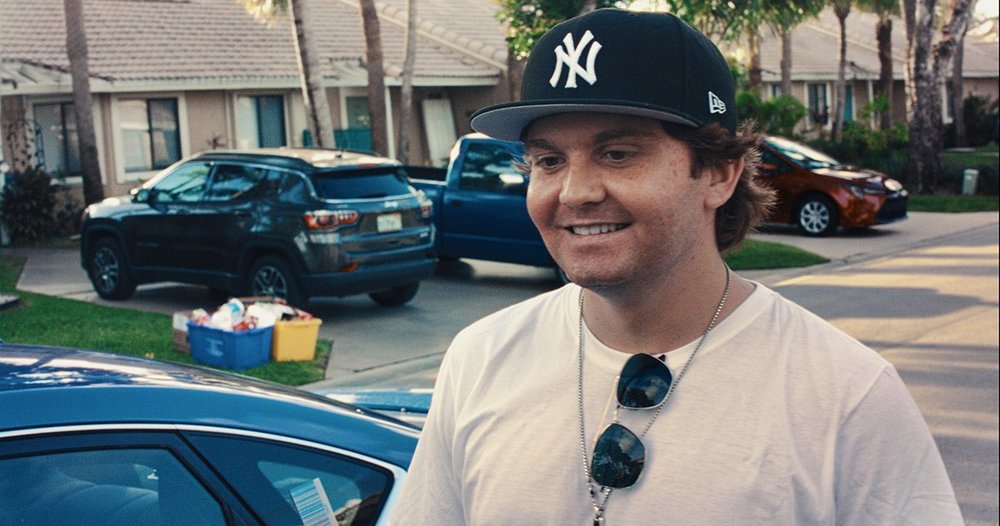

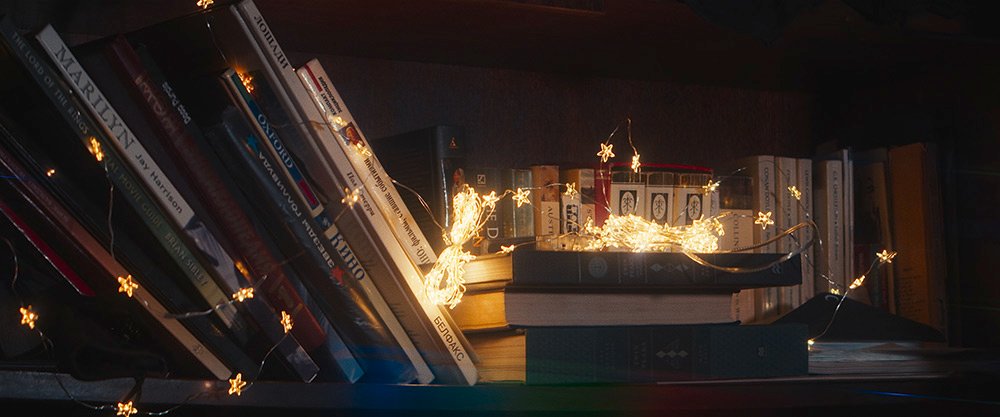



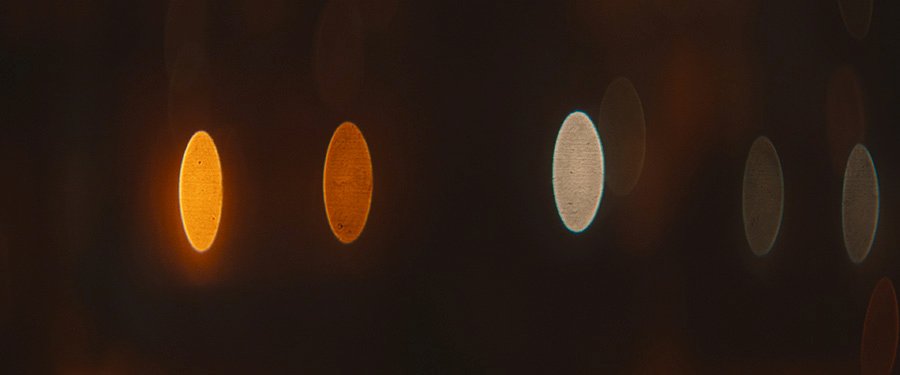
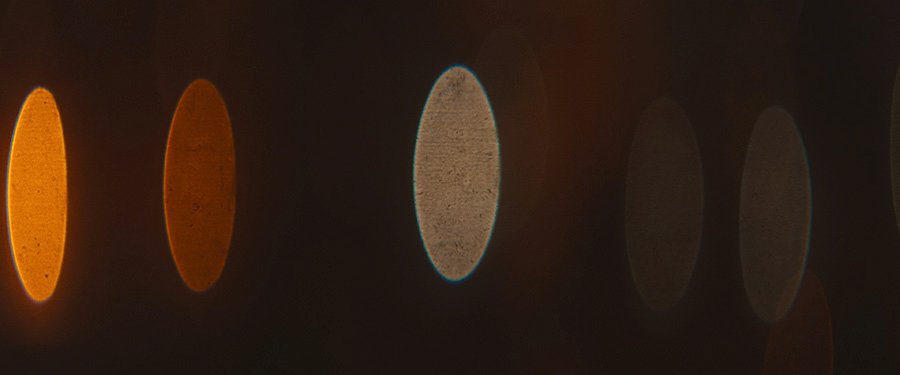

-.thumb.jpg.281581ea982d662322d2569c738cb296.jpg)
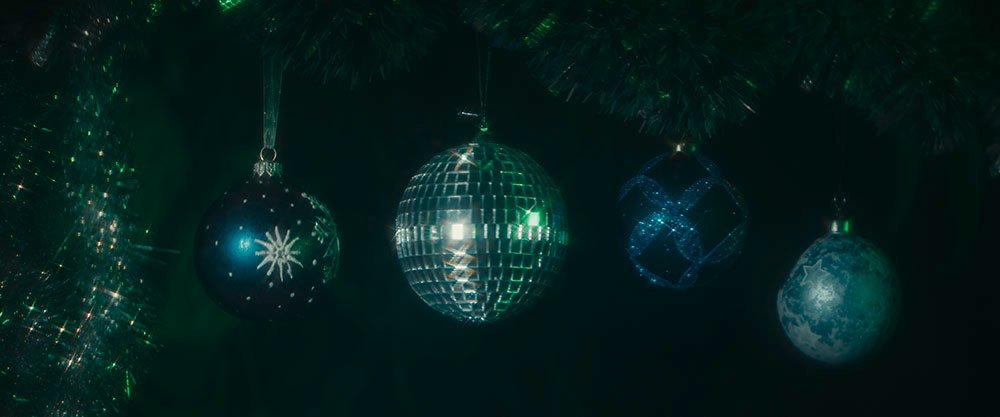
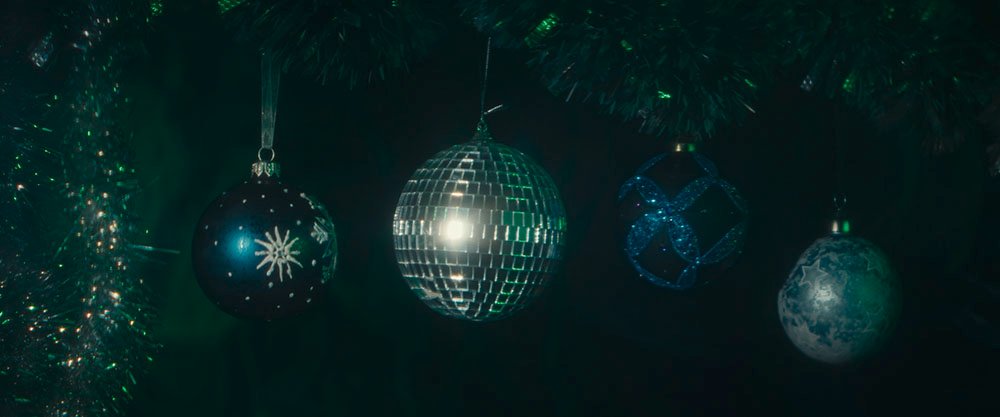

.jpg.74492b58faecb6d62e5844f02b3dd717.jpg)